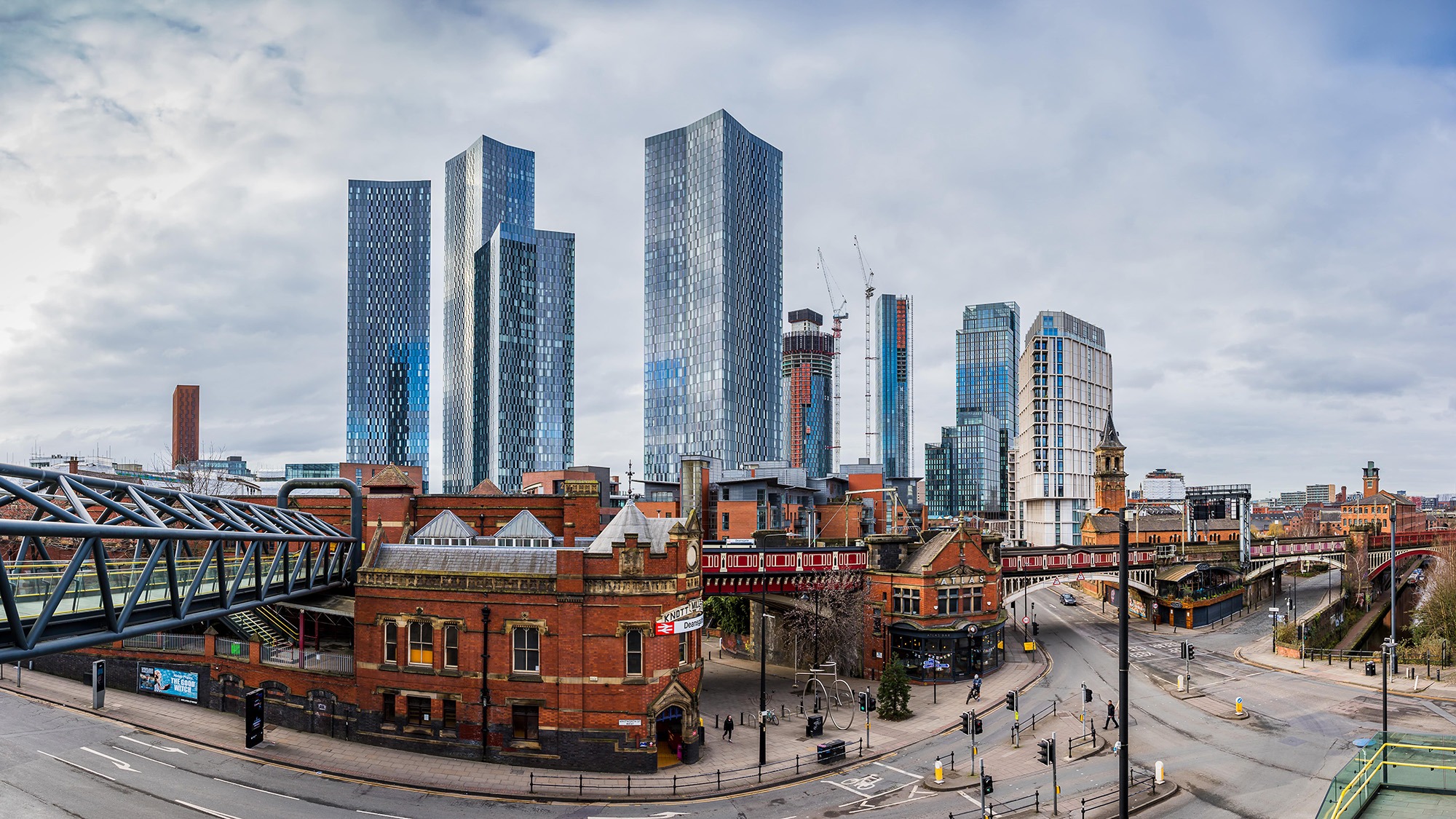Reducing Embodied Carbon Through These Measures

Showing how reducing embodied carbon can actually be implemented across the housing sector, CBRE-owned Build to Rent specialist claims it has reduced embodied carbon on its schemes by 10%.
After announcing the milestone, Telford Homes followed up with an industry call to action for further embodied carbon reductions during the construction of new build homes.
With this reduction coming since 2019, the amount of carbon contained in the production of the materials that are then used for the construction of houses has been steadily falling.
While on its own, this reduction won’t impact the overall emission impacts for the sector, if combined with other housebuilders will save considerable emissions over the lifecycle of the housing stock.
Building on past successes such as the award for most sustainable UK housebuilder by the Next Generation report, Anne Kavanagh, Chief Executive of Telford Homes said it wanted to be able to “move together with the industry” to tackle the issue of whole life carbon.
To do this, the sector would require a detailed understanding of embodied carbon in construction materials.
More detailed understanding of embodied carbon needed
Exploring this in a statement, Telford said: “Current building regulations focused only on the operational carbon emissions from homes, ignoring entirely the issue of embodied carbon in materials. Telford itself carries out whole-life carbon assessments on its new schemes and requires its supply chain partners to provide Environmental Product Declarations to ensure they are choosing lower-carbon products.”
Anne Kavanagh, Telford chief executive, said: “Smart capital will increasingly focus on only sustainable assets. We’re taking steps to address embodied carbon in our developments and believe that to truly make progress we need to move together with the industry to tackle challenges through accurately monitoring and forecasting data through whole life carbon assessments.
We continue to collaborate with peers through the Future Homes Hub and support Part Z of the Future Homes Standard
Additionally, Anne added: “We are eager and willing to work with our counterparts in developers and housebuilders across the UK, and urge everyone to share best practices so we can have an honest conversation about developments’ whole life carbon impact.”
Looking at on-site carbon emissions, there were also significant savings in the calendar year 2022, compared to the benchmark 2019 level. Telford Homes have achieved a 41% reduction up from 23.6% the year before.
This shows the clear roadmap to follow in reducing the emissions involved in housebuilding across the life cycle of the stock.
Additionally, 99% of waste was being diverted from landfill, and all its schemes were now using low-carbon or renewable technologies.

